Aquatic plants like Guppy Grass play an integral role in the overall health and beauty of a fish tank. Especially for betta fish owners, these plants not only elevate the aesthetics of their aquarium but also offer functional benefits, creating a more natural and comforting environment for the fish.
Among the variety of plants suitable for betta tanks, Guppy Grass for Betta stands out as an increasingly popular choice. This plant not only adds greenery to your tank but provides a range of benefits that both new and experienced aquarists can appreciate.
Dive with us into the world of Guppy Grass and discover how this plant can transform your betta tank into an aquatic haven.
Understanding Guppy Grass
You’ve probably seen or heard of various plants that people love adding to their fish tanks, but let’s zone in on one that’s gaining quite a buzz – Guppy Grass!
What is Guppy Grass (Najas Guadalupensis)
Guppy Grass, scientifically known as Najas Guadalupensis, is a fast-growing freshwater aquatic plant. Characterized by its delicate, feathery, and bright green leaves, it’s a favorite among many aquarium hobbyists.
Often allowed to float or planted in the substrate, Guppy Grass adapts well to a variety of tank conditions, making it versatile and beginner-friendly.
Origin and Natural Habitat of Guppy Grass
Originally hailing from North and Central America, Guppy Grass thrives in a wide range of freshwater environments.
From calm ponds and lakes to flowing rivers and streams, this resilient plant has found its way into diverse habitats. Its natural adaptability is a testament to its ease of care in aquarium settings, granting it popularity among aquarists worldwide.
In the wild, Guppy Grass provides refuge for small aquatic animals, playing a significant role in the health and balance of its native ecosystems.
Benefits of Guppy Grass for Betta Tank
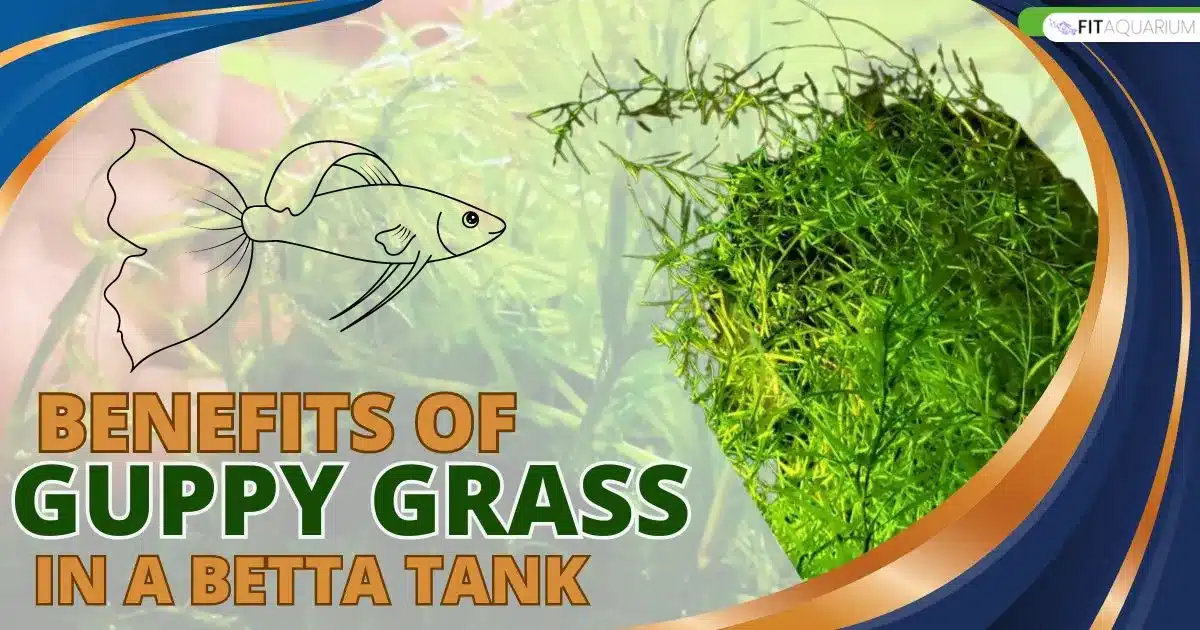
Incorporating Guppy Grass for Betta can be a wise decision for aquarium owners. Not only does it beautify the setup, but it also plays a pivotal role in maintaining a healthy environment for your betta to thrive in. If you’re interested in enhancing your aquatic plant’s growth, consider using root tabs to boost their growth.
A Visual Treat for Your Aquarium
Guppy Grass isn’t just another plant; it’s like adding a piece of underwater art to your tank. Its delicate, thread-like leaves sway beautifully with the water’s current, giving your betta tank an instant visual upgrade.
Nature’s Own Water Purifier
The awesome thing about Guppy Grass? It’s not just pretty to look at. This plant is a natural water purifier. As it grows, it absorbs harmful nitrates from the water, making it cleaner and healthier for your betta. Plus, it’s an oxygen superstar, releasing O2 during the day, which is a big win for your fish’s overall well-being.
A Cozy Hideaway for Your Betta
Bettas, like all of us, enjoy a little private space now and then. Guppy Grass offers the perfect hideaway, with its dense growth creating a natural haven. This sheltered space can help reduce stress for your fish, and if you’re hoping for baby bettas, the dense foliage of the Guppy Grass provides an ideal breeding spot. So, it’s not just a plant—it’s like adding a comfy bedroom and nursery to your betta’s watery world!
5 Reasons Why Betta Fish Love Guppy Grass
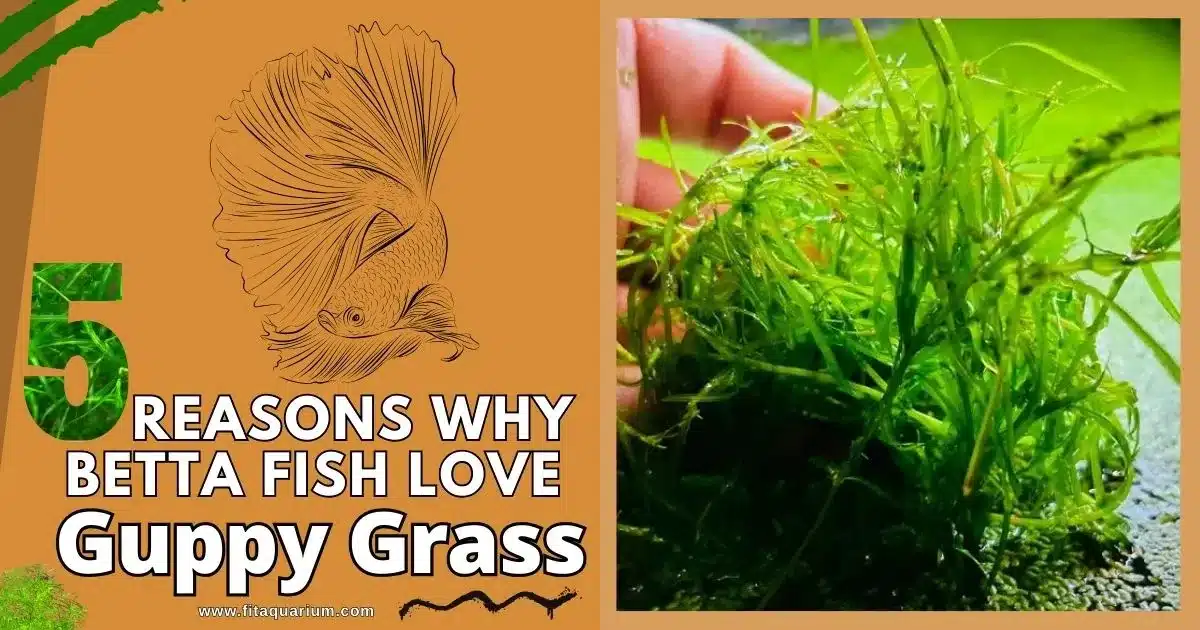
Every fish owner delights in watching their aquatic pets weave through plants, demonstrating a burst of colors and behaviors. Betta fish, with their flowing fins and vibrant hues, particularly enjoy the dense foliage of plants like Guppy Grass. Let’s delve into why this plant is akin to a betta’s dream playground:
- Natural Exploration and Stimulation:
- Bettas are naturally inquisitive creatures. The intricate network of Guppy Grass stems and leaves offers them countless paths for exploration, keeping them engaged and mentally stimulated.
- Safety and Solace:
- In the wild, bettas often seek refuge among aquatic vegetation. Guppy Grass, with its dense growth, mimics this environment, allowing bettas to feel secure. It’s not uncommon to spot your betta sneaking a nap amidst the Guppy Grass, away from the hustle and bustle of the tank’s open water.
- Playground Antics:
- Don’t be surprised if you catch your betta darting in and out or playing peek-a-boo amidst the Guppy Grass! The plant’s structure provides a fun playground for bettas, allowing them to showcase their playful side.
- Spawning Sites:
- Bettas often prefer plant-dense areas for spawning. Guppy Grass can act as a nesting site, where male bettas build their bubble nests, securely anchored amidst the plant’s leaves.
- A Touch of Nature:
- The gentle sway of Guppy Grass in water currents offers a mesmerizing dance for onlookers. For bettas, this movement is reminiscent of their natural habitats, providing them with a sense of familiarity and comfort.
In essence, Guppy Grass is more than just a decorative piece for your tank—it’s a sanctuary, playground, and natural wonder for your betta, bringing out their best behaviors and vibrant personalities. And for betta owners? Well, there’s nothing more satisfying than watching your fish thrive in an environment they adore.
Requirements for Growing Guppy Grass
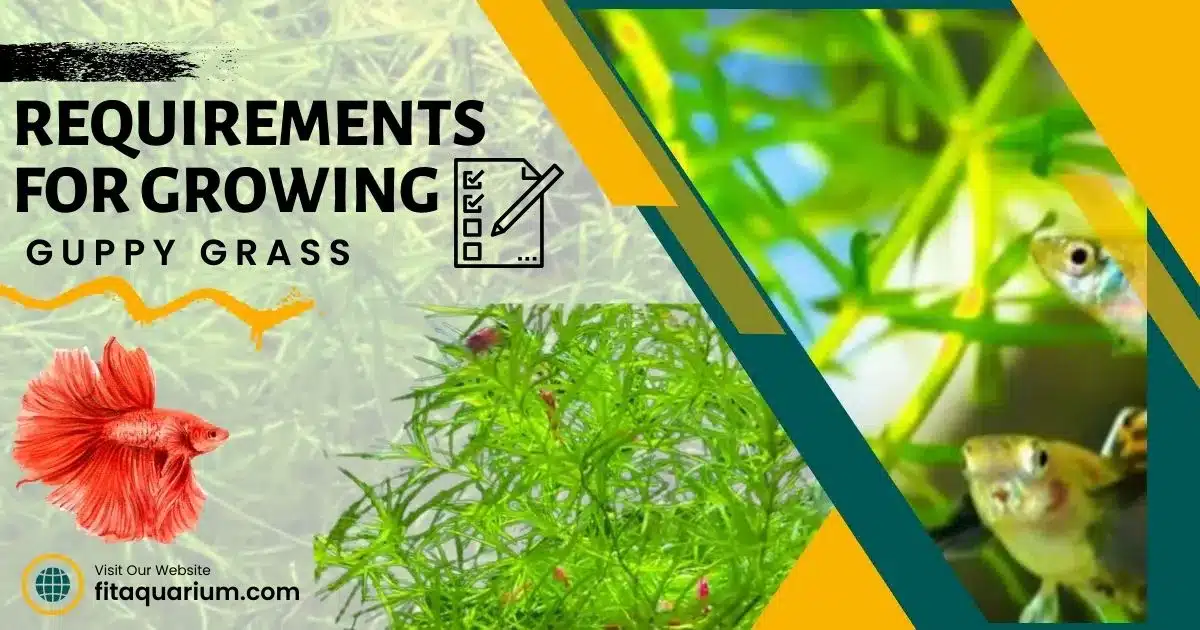
Alright, so you’ve heard about the cool aspects of Guppy Grass and might be considering adding it to your tank. But before you take the plunge, let’s ensure your aquarium conditions are right on the mark for this lush green addition. Here’s what Guppy Grass desires to grow at its best:
Preferred Lighting Conditions
- Light Intensity: Guppy Grass isn’t overly picky about lighting. Moderate light will do just fine for its growth, although it can tolerate both low and high light conditions. Just keep in mind, a higher light levels might lead to faster growth.
- Duration: It’s generally a good idea to maintain a consistent lighting schedule, typically around 8-12 hours a day.
Guppy Grass Water Parameters
- Temperature: Guppy Grass is quite adaptable, but it thrives best in temperatures ranging from 68°F to 82°F (20°C to 28°C).
- pH Levels: It prefers a pH level between 6.0 to 7.5. However, this hardy plant can tolerate slight variations without too much fuss.
- Water Hardness: Soft to moderately hard water is ideal. Aim for a general hardness (GH) of 3-15 dGH.
Fertilization Needs
- Substrate: While Guppy Grass is a floating plant and doesn’t root deeply into the substrate, having a nutrient-rich substrate can benefit its growth indirectly.
- Liquid Fertilizers: You can enhance its lushness by adding a quality aquatic liquid fertilizer to the water. However, this isn’t strictly necessary, as Guppy Grass is pretty low-maintenance and can do well even without added nutrients.
In essence, Guppy Grass is quite the undemanding plant, making it an excellent choice for both novice and seasoned aquarists. With just a touch of care, you’ll have a thriving green sanctuary for your betta in no time!
Important Notes Before Buying Guppy Grass
Before you dive into purchasing Guppy Grass for your betta tank, there are a few crucial pointers you should keep in mind. Taking note of these will not only ensure that you get the best out of your purchase but will also ensure a smooth transition for both the plant and your fishy friend.
- Source and Quality: Always purchase Guppy Grass from a reputable supplier or fish store. This reduces the risk of introducing pests or diseases into your tank. A good practice is to quarantine new plants before adding them to the main tank.
- Growth Rate: Remember, Guppy Grass grows rapidly. Ensure you have the time and willingness to occasionally trim and manage its growth to prevent it from overtaking the tank.
- Tank Size: While Guppy Grass can fit in various tank sizes, it’s essential to consider how much space you have. In smaller tanks, you might need to trim more frequently.
- Compatibility: Ensure that any other fish or aquatic creatures you have in your tank are compatible with Guppy Grass. While bettas generally love it, some species might have different preferences.
- Check Local Regulations: In certain areas, Guppy Grass might be considered invasive. It’s crucial to check if it’s legal to own, buy, or sell in your region.
- Plant Health: Examine the Guppy Grass before buying. Healthy plants should have a vibrant green hue without any signs of yellowing or decay.
By keeping these points in mind, you’ll be better prepared to make an informed decision, ensuring that your introduction of Guppy Grass into your betta tank is both successful and beneficial.
Planting and Care of Guppy Grass
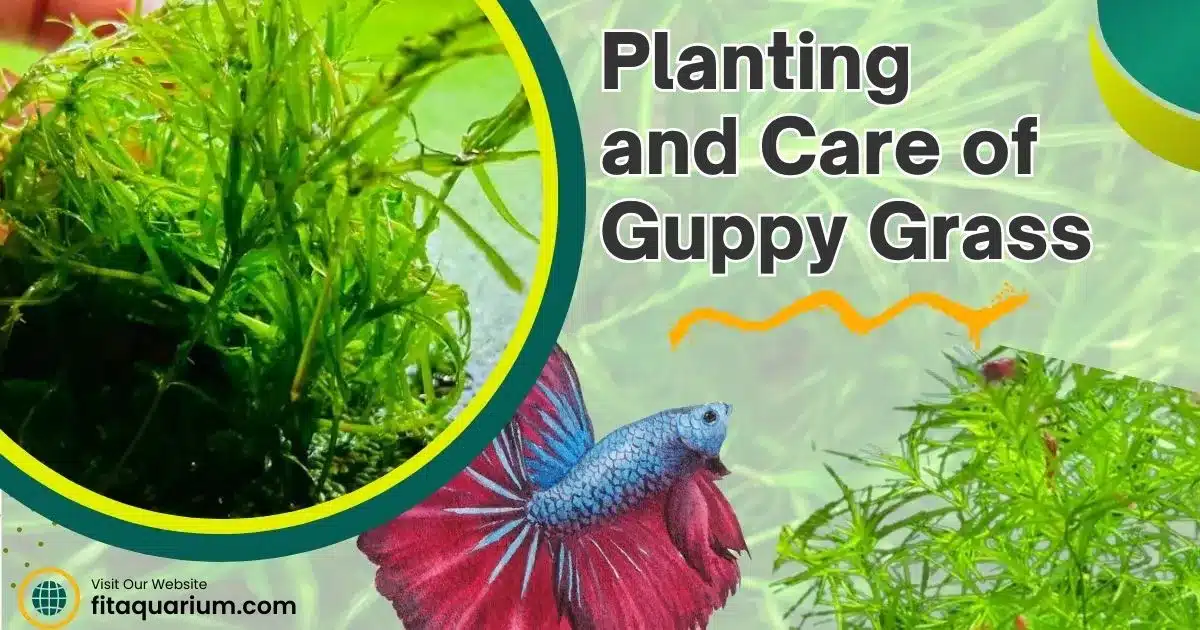
When introducing a new plant like Guppy Grass to your tank, it’s not just a drop-and-watch affair. With a bit of TLC and the right planting approach, your Guppy Grass will not only settle but thrive! Let’s guide you through the steps and maintenance hacks:
- Properly Introducing Guppy Grass to the Tank:
- Acclimatization: Just as you’d acclimatize new fish, plants too appreciate a gentle introduction to their new environment. Keep Guppy Grass submerged in a separate container with tank water for about an hour before adding it to the main tank.
- Placement Options: Guppy Grass is flexible. You can let it float freely, or for a more rooted appearance, gently anchor it to the substrate using plant weights. Just ensure it isn’t buried too deep, as it can rot.
- Maintenance Tips to Ensure Healthy Growth:
- Pruning: Guppy Grass grows fairly quickly. To prevent it from taking over your tank, regular trimming is essential. Use aquatic scissors to snip off excess lengths, ensuring a balanced look and giving other plants space to grow.
- Nutrient Balance: Monitor nutrient levels in your tank. If you notice the Guppy Grass turning yellow or appearing frail, it might need a boost from liquid fertilizers.
- Algae Watch: All plants can be susceptible to algae, especially if there’s too much light and excess nutrients. Regularly check and clean off any algae growth on the Guppy Grass to keep it looking fresh.
- Tangled Masses: Sometimes, the dense growth can cause Guppy Grass to form clumps. Gently untangle them to allow light and nutrients to reach every part of the plant.
With these care tips, your Guppy Grass will not just survive but will flourish, creating a gorgeous green backdrop and playground for your betta and other tank inhabitants.
Remember, a little attention goes a long way in the world of aquatic gardening!
potential Challenges and Their Solutions
Keeping your betta tank pristine and balanced requires a keen eye and a proactive approach. Especially when introducing prolific growers like Guppy Grass, certain challenges might arise. Fear not! We’ve got the solutions to help you maintain harmony in your aquarium.
- Managing Fast Growth:
- Challenge: Guppy Grass, true to its nature, can grow quite rapidly under the right conditions. While this can be great for creating a lush environment, unchecked growth can crowd the tank and even hinder water flow or filtration.
- Solution: Regular pruning is essential. Using aquarium-safe scissors, trim the plant to your desired length, ensuring it doesn’t dominate the tank space. Remember, trimming can also promote denser growth, which can be beneficial for your bettas who love to weave through thick vegetation.
- Ensuring Balance with Other Plants and Decorations:
- Challenge: Guppy Grass’s fast growth might overshadow other plants, depriving them of essential light and nutrients. Additionally, its dense growth can sometimes obscure decorations or other focal points in your tank.
- Solution: Plan your tank’s layout, ensuring that all plants receive adequate light. Place taller or light-demanding plants nearer to the light source, with Guppy Grass positioned so it doesn’t overshadow them. For decorations, consider elevating them or using them as focal points around which Guppy Grass can grow, rather than being hidden by it.
- Competition for Nutrients:
- Challenge: Like all plants, Guppy Grass competes for nutrients in the water. This might impact the health and growth of other aquatic plants in the tank.
- Solution: Consider using a quality aquarium fertilizer to ensure all plants receive the necessary nutrients. If you notice certain plants struggling, you may need to adjust the fertilizer dosage or consider specialized root tabs for specific plants.
- Possible Tangling:
- Challenge: As Guppy Grass grows, its stems might tangle with other plants or decorations.
- Solution: Regularly inspect the tank and gently detangle any intertwined stems. This ensures that both Guppy Grass and neighboring plants grow unimpeded.
Embracing Guppy Grass in your betta tank can be a rewarding experience, and with these solutions in your arsenal, you’re well-equipped to handle any challenges that come your way. Your tank can flourish, and your betta will surely appreciate the verdant environment you’ve curated for them.
Conclusion
In the world of aquatic plants, Guppy Grass stands out as a remarkable ally for betta fish owners. Not only does it elevate the aesthetics of your tank with its delicate and lush greenery, but it also offers multifaceted benefits—from purifying water to providing playful hideouts for your betta.
Its rapid growth can be both a boon, filling out sparse tanks, and a challenge, requiring some hands-on care. However, the rewards are undeniable.
As we’ve journeyed through the ins and outs of Guppy Grass, we hope you’ve gained a newfound appreciation for this versatile plant.
For those looking to enhance their betta tanks, embracing Guppy Grass could be the touch of nature you’ve been searching for. Dive in, give it a try, and watch as your aquarium transforms into a lively, green haven that your betta will undoubtedly cherish.
About the Author
I’m Alonso López, the founder of bettareef.com. Embarking on my passion for Betta fish at the age of 8, I’ve evolved into a seasoned hobbyist. Dedicated to assisting fellow Betta enthusiasts, I strive to guide them in creating thriving environments for these remarkable fish.

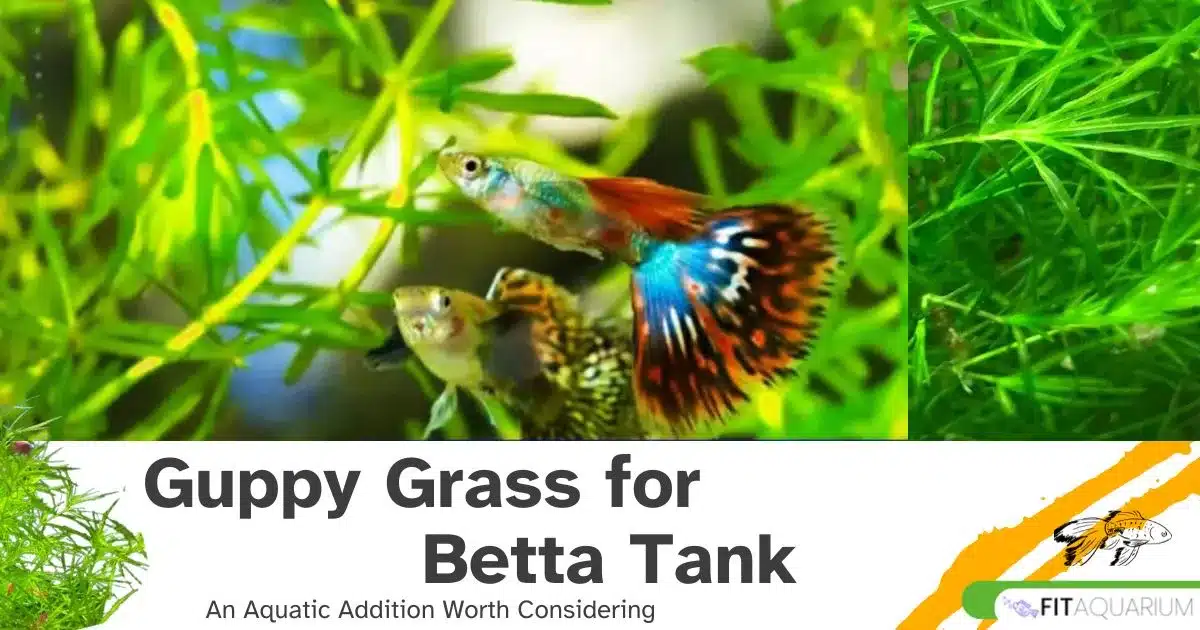
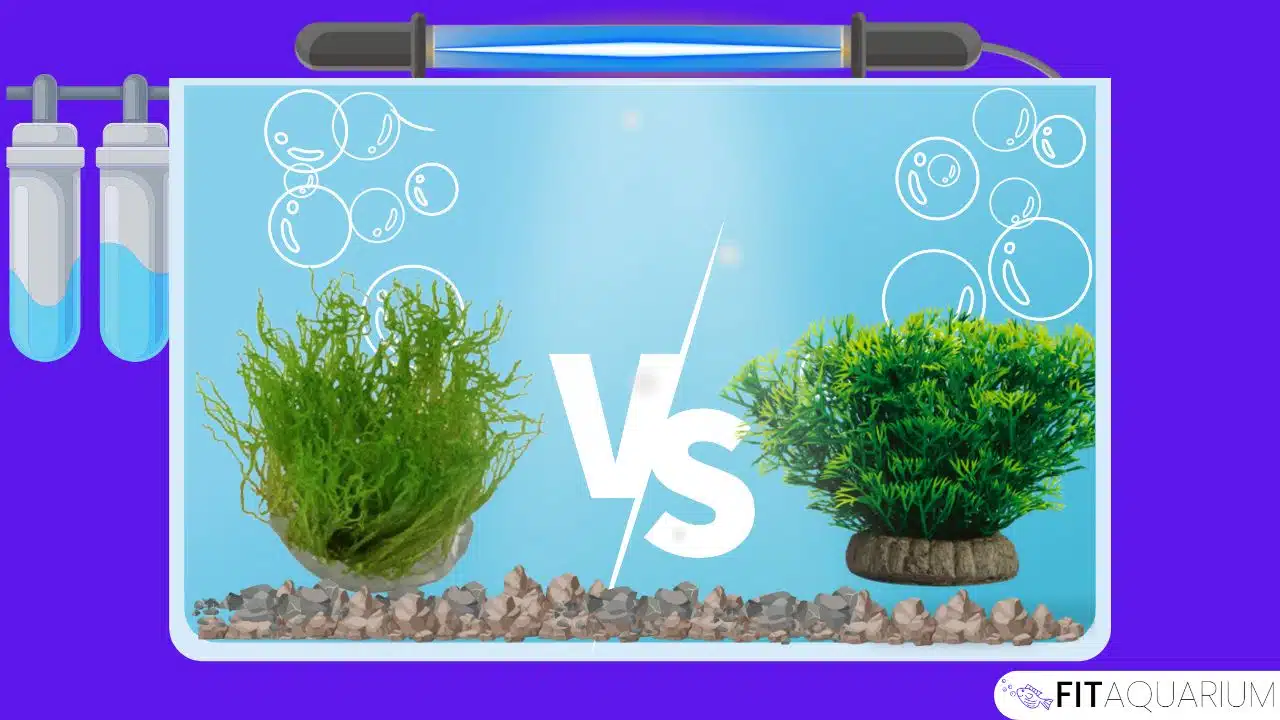
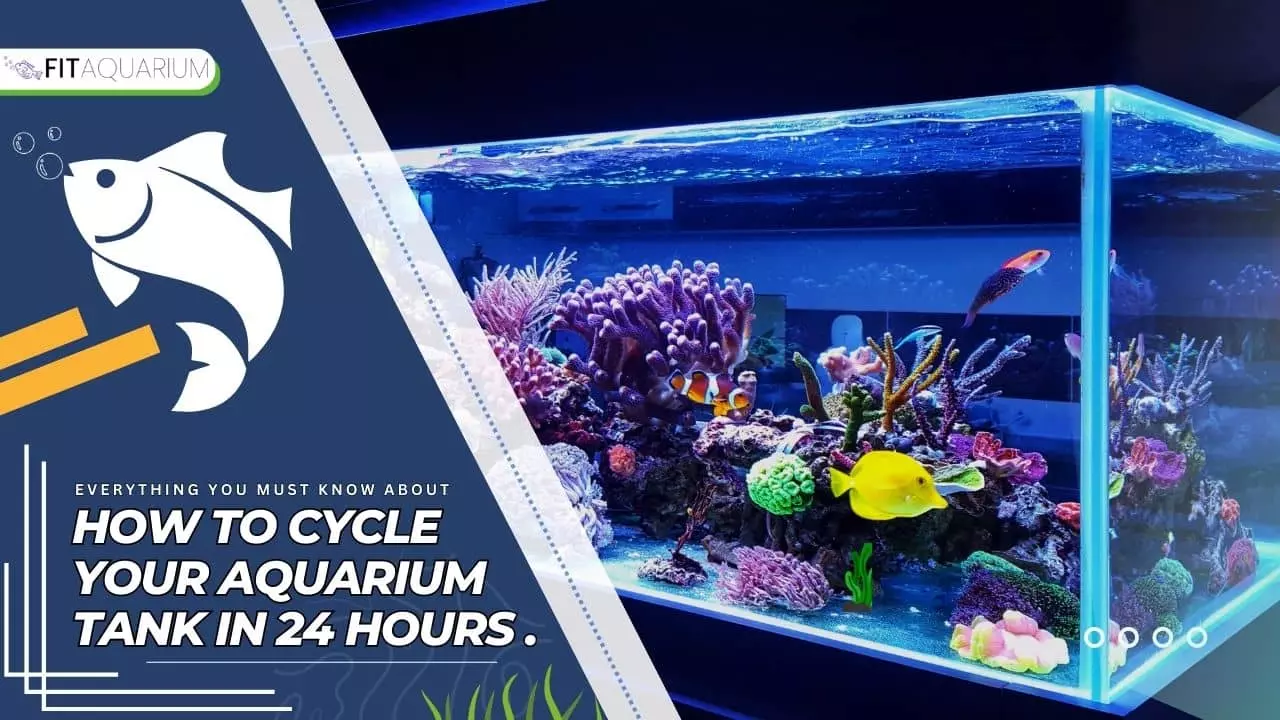

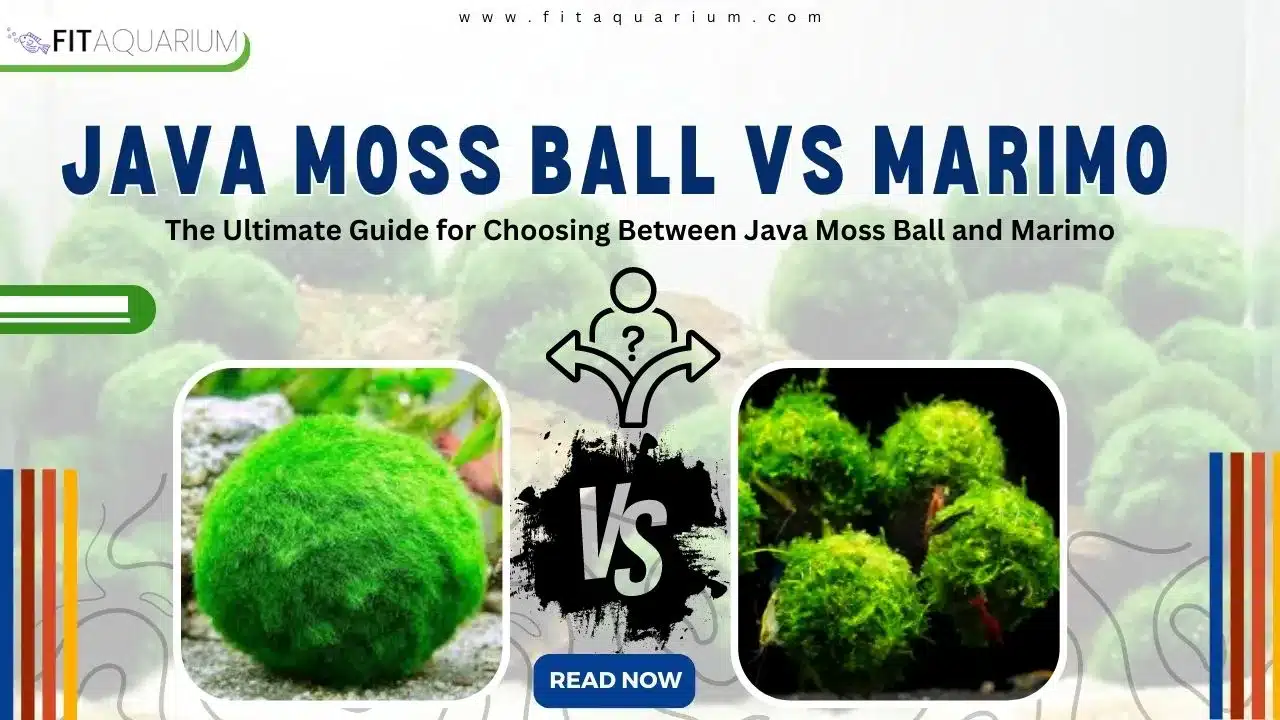
Amazing Content. Written very well!
Thanks for Appreciation Arooj.